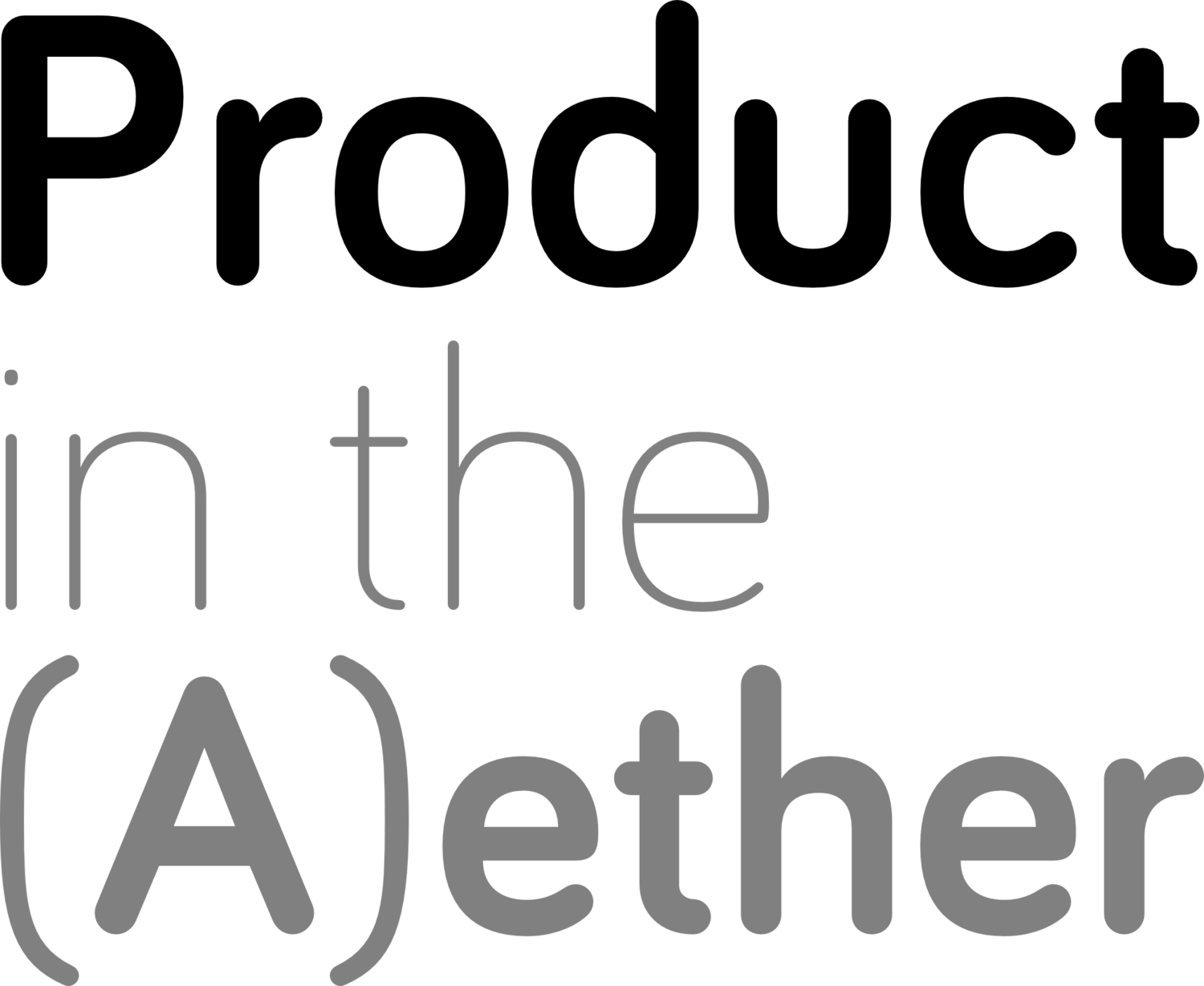PITA 044
TOPIC 1 How do you balance folk [dis]liking practices with those practices being [in]effective?
Change is all about the learning curve - it gets worse before it gets better.
So... can I embed with the team for a sprint or two to empathise and then move on with the change?
Need to see and believe the problem first and then look at the right way to solve it
You can only solve for things people agree is a problem - so outcomes must matter before you work on outputs
Frame things as experiments, so you can back out of it if needed, be clear about your first time-frame and also make sure to revisit and reflect if the expected outcome was reached
Get aligned on where you are NOW (“point A”) and where you want to BE (“point B”) as a starting point (inspired by Janice Fraser - see this post)
Situational leadership - determine what type of leadership does each person need for a given issue. Determine if things are a WILL or a SKILL issue
There’s some great stuff on team contracts in Christina Wodtke’s The Team that Managed Itself
TOPIC 2: How are UX, UCD, Customer Success and Product Design taking away from vs augmenting the product job family?
It’s all been positive for me - there’s so much to do in a PM role, and it’s just getting more complex (customer journeys, etc) - so more collaboration is very welcome.
I see PMs with no training in these areas trying to do these roles - and it’s not great.
+1 It really pisses off user researchers when PMs tell them how to conduct research. Excuse my French.
We have designers in the same job family - so the challenge has come from Acct Management or Customer Success - they look at one customer at a time, not the big picture. So we bring them into a customer council to give them a wider perspective.
+1 to challenge of GTM or success teams having a myopic view of a single or few customers instead of the entire customer base - “Squeaky wheel syndrome” 😂
It works really well in some B2B teams, where the personalities jell - but it can be a mess when a new role is introduced. People already on the team may feel like they’re losing a part of their responsibilities. We had to redefine the team’s RACI to get it sorted, and had to sell them on why the new role is a good thing.
Every time a new person joins a team, it’s a new team
How people are compensated also comes into this mix
Where Product is the new kid on the block, it can generate a perception of screwing up existing practices. I like to get everyone in the room and talk about competencies and outcomes without job titles - then mapping them on.
People who had bad prior experiences can come with biases based on that.
Some people care deeply about craft and doing it ‘right’.
When people try to do things in a new way, some cling to the old processes - and try to hack around them instead of working with them
+1 to picking folk who have migrated from another discipline to be the comms person to that discipline.
TOPIC 3 Operationalising Customer Insights
We used ProductBoard to create bite-sized insights, linked to user stories…. But no one used it
We started including Insights & Experiments it in the Sprint reviews, which brought other parts of the org into it
Ensure the research is topical and useful, relevant & timely
Before we do any new research, look into what we’ve done - when did we last look at this question? How can we build on that? Avoid discovery fatigue amongst the customers
Qual and quant info, owned by & generated by different parts of the org - bringing the big picture together is really hard.
We put ProductBoard & ZenDesk together to do path analysis, etc - but the important thing is that PB was just for the Product team to own and use
+1 - we had a similar problem with ProdPad (non-product folks considered it to be the “PM tool”)
Can be a recruiting issue - we have the wrong kind of user researcher. All theory, not effecting change in the org
Give the researcher the challenge of documenting ‘ How are decisions made in this organisation?’ - if the answer is that the PM makes some crap up and puts it on the board, that’s not a problem that research can solve. But if the decisions are made at a big strategy meeting, it’s critical to get the info to the right people before or in that session.
If you value evidence-based decision making, it should be folded into the reason WHY decisions are made.
Prioritisation is not about value, it’s about confidence (Ant Murphy)
Data can go to information… but it needs to go to Insight to be useful
“Insight” in itself is an emergent thing, you can’t simply “give” someone else an insight. They need to emotionally invest to the extent they come to the same conclusion themselves.
The key thing is the ability to find answers quickly
Set experiments within the teams to operationalise insights - decisions made based on things we learned

